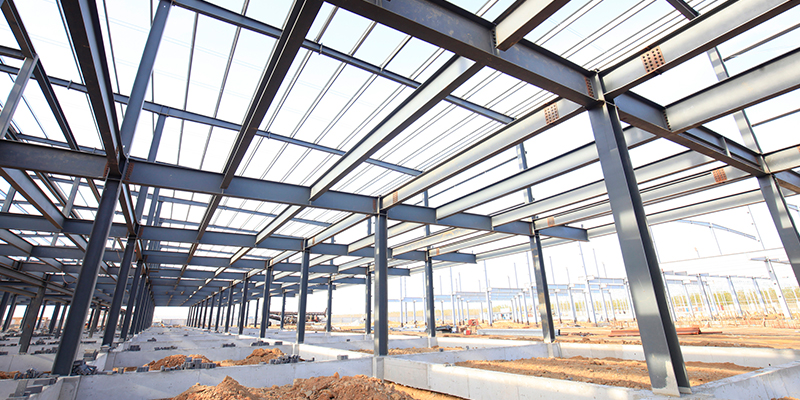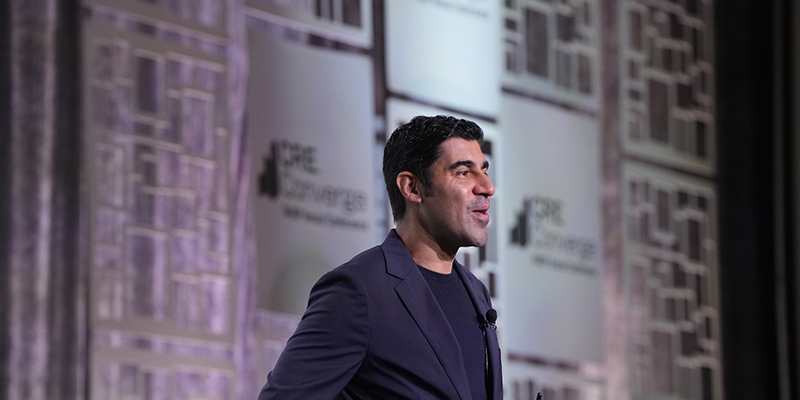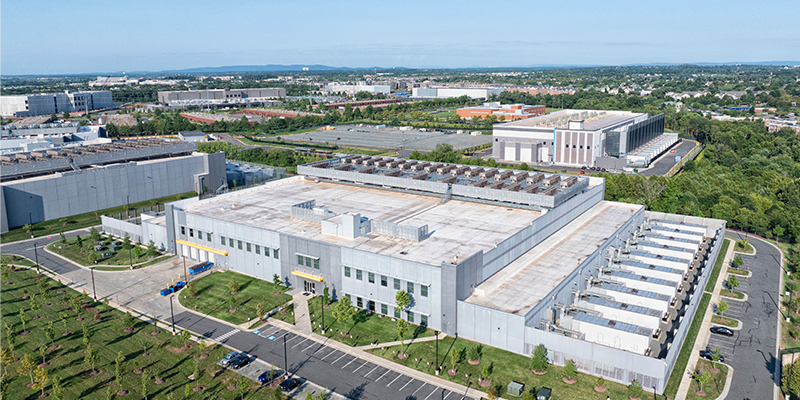Four industrial real estate experts took the stage in the opening keynote session of I.CON East, held this week in Jersey City, New Jersey. “If there was ever a group of leaders who are doing the deals, deploying the capital, and developing in billions of square feet and dollars, this is the group,” began session moderator Jeff Milanaik, partner, Northeast Region, Bridge Industrial, and NAIOP 2022 chair.
“We have come through a lot over the last year and a half, and many investors took a pause in early 2020. After six months, the phones began to ring again and now the market is on fire,” he said, inviting the panelists to walk the audience through their experiences, the tipping point that got their companies back in the game, and what trends have most recently given them confidence.
“In mid-March 2020, we hit pause to see what was happening with rent collections. We thought that we’d see issues in some markets, like mid-Florida tied to the cruise industry,” said Devin Barnwell, senior vice president, global head of portfolio management, Logistics Real Estate, Brookfield Asset Management. “We paused just briefly but ran back in because we knew we had a small window to get some deals done. We did a third of our deals for the year in three months mid-2020.”
Peter Schultz, executive vice president, First Industrial Realty Trust, Inc., said the company collected 100% of rents in 2020, which he said no one expected to happen. “We didn’t see vacancies spike and saw decent amount of demand, and then we saw a significant uptick in activity halfway through 2020. Before that, we spent our time [working on] entitlements and getting ourselves positioned for the surge,” he said.
“We were closing a $600 billion deal in the third week of March, and we felt that our relationships were never more important than those early weeks,” said Nick Pell, president and Chief Investment Officer, Link Logistics. “Like everyone else, we slowed down a bit in those first weeks. We have 9,000 leases in our portfolio, comprising various types of customers and tenants, so we looked at how they were doing and how resilient small-to-midsized businesses would be. The disruption was narrower than we expected.”
Milanaik said that in New Jersey, a gateway market, Class A space has less than a 1% vacancy rate, year-over-year growth in double digits. But, he noted, rent prices are growing at an equal rate. Like it is everywhere, the supply chain is dominating conversations, with the holidays just around the corner. Milanaik asked the panel how long supply chain issues will continue.
“I was at the port of Savannah earlier this week, and it’s very busy,” said Schultz. “They can’t unload the ships because they can’t get rid of the containers. That’s what’s causing the backup at the ports, and it could take a couple of years to resolve. It will be good for industrial real estate, but it will continue the supply pressures.”
Pell said that supply chain issues infuse uncertainty into the marketplace, which is generally bad for the markets and for customers trying to run their businesses. “It’s going to take a long time [to resolve] because so many parts of the supply chain are involved and it’s very difficult to surf through. The longer that uncertainty continues, the more tenants are going to want certainty, so they might take more space sooner than they thought,” he said.
Milanaik said that the investor tilt seems to have gone from questioning why occupancy is low in spec buildings to wondering why more spec buildings aren’t being built.
“Given all we see coming out of Covid, we are almost double our spec investment than pre-covid,” said Schultz. “Pre-Covid, we would routinely be questioned about why our spec occupancy was so low, and now we are doing a lot more. Demand is accelerating and not slowing down.”
“I used to say, ‘It’s hard to lease space until the walls tilt,’ and now I say, ‘Don’t dare lease the space until the walls tilt,’” Barnwell laughed.
“Everyone is talking about the cost and availability of construction materials, and their impacts on schedules. How are you managing that risk?” asked Milanaik.
“Buildings we priced this year are up 30-50% on hard costs. That’s up 1% a week, and it’s not abating,” said Schultz. “It’s not only the cost, but about the delivery date and our confidence as developers to deliver on schedule. It’s going to get worse before it gets better. In some markets, we are seeing steel delivery pushed to 2023. Do not mess around with making a materials decision – we’re going to continue to see big gaps in some markets.”
“With our investors, we sit down to talk about these increases. Fortunately, rents have continued to press up, both with existing stock and lead products,” said Pell. “We’re seeing rents keep step, but we’re trying to manage scheduling best we can, working our relationships and building in contingencies and escalators. There’s more variability in the outcome and investors don’t like that, but it’s the nature of where we are. Buildings that are up and can serve the market now are more valuable.”
“We talk about material but not labor. We have a labor shortage and it’s really going to impact the industry,” commented Barnwell.
“What we are continuing to see today, even with contracts, is that vendors aren’t honoring their prices with delivery schedules,” said Schultz. “We don’t always know when we’re going to get roofing materials and how much it’s going to cost – these are critical to delivering projects on time.”
“If you haven’t ordered it today, you’re not getting it next year,” warned Schultz.
Milanaik asked if international real estate is behaving the same, and Barnwell replied that both Brazil and Europe are experiencing similar demand, but their rent growth isn’t climbing at the same rate. In Asia, she said, there’s not an issue with construction materials because they use more concrete than steel. Strong demand seems consistent everywhere, with Brookfield doing large e-commerce deals in both France and South Korea this year.
Milanaik asked how the panelists position assets in their portfolios.
“We have three funds at Blackstone [Link is a Blackstone portfolio company]: Private, Core Plus and Opportunity. We constantly look through those portfolios, selling down assets that have stabilized and deploying that capital into higher-growth assets,” said Pell.
Schultz said that his company views asset management as an ongoing process. “We sell a couple hundred million a year, maximizing cash flow activity and asking ourselves if we are better holding or deploying back into what today is largely speculative development.”
Milanaik asked about a shift in leases and if 10-year leases are something of the past.
“If you aren’t growing rents at a more aggressive value, you are losing value every day,” said Schultz.
Milanaik closed with a lightning round, asking the panelists where the industrial market will be in one year.
Barnwell said vacancies would tick even lower on vacancy in gateway markets, cap rates will hit levels no one thought possible, and rents will experience double-digit rent growth.
Schultz said the biggest issue will continue to be the supply chain.
Pell said we’ll experience continued rent heights, particularly in gateway markets.
This post is brought to you by JLL, the social media and conference blog sponsor of NAIOP’s I.CON East 2021. Learn more about JLL at www.us.jll.com or www.jll.ca.









